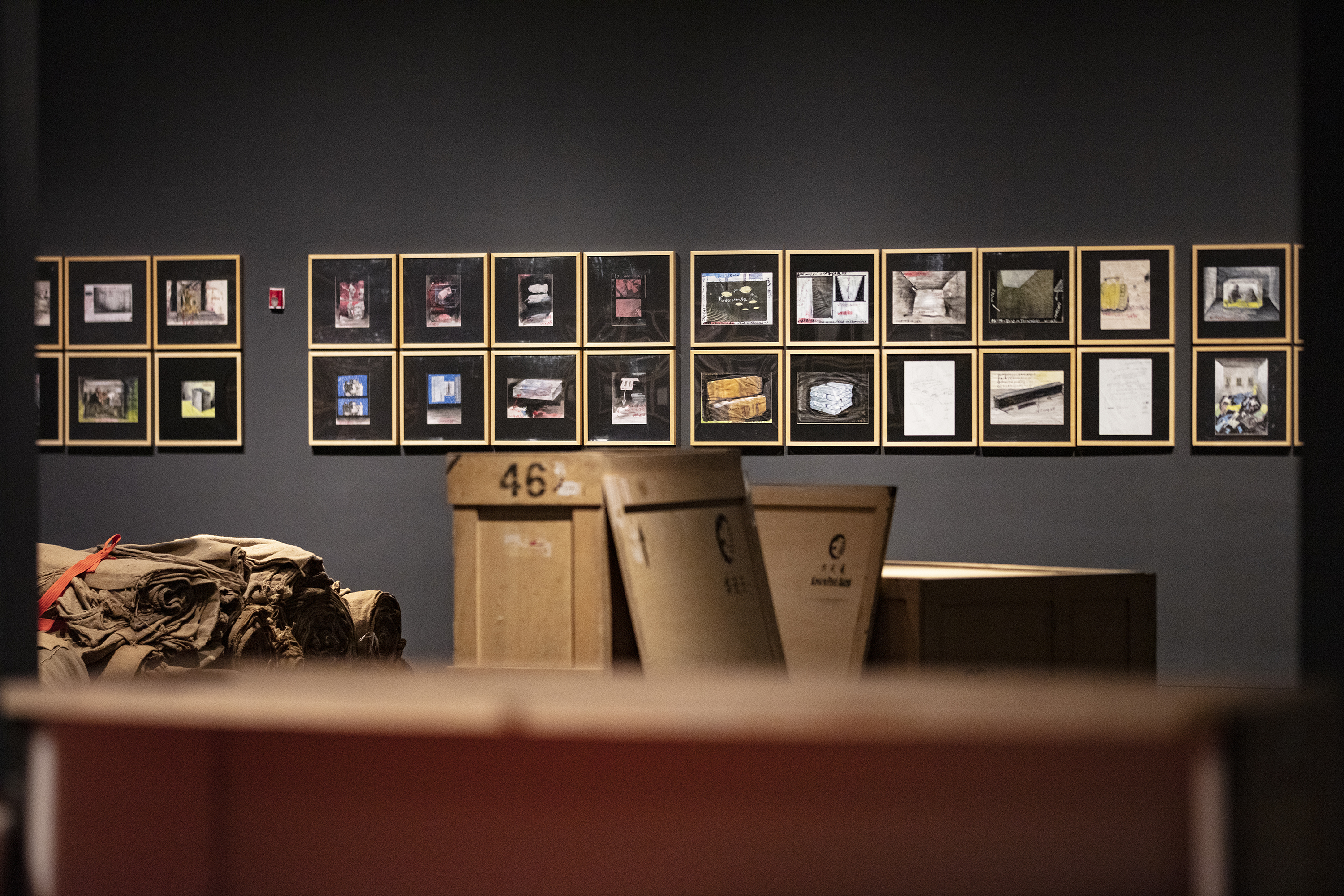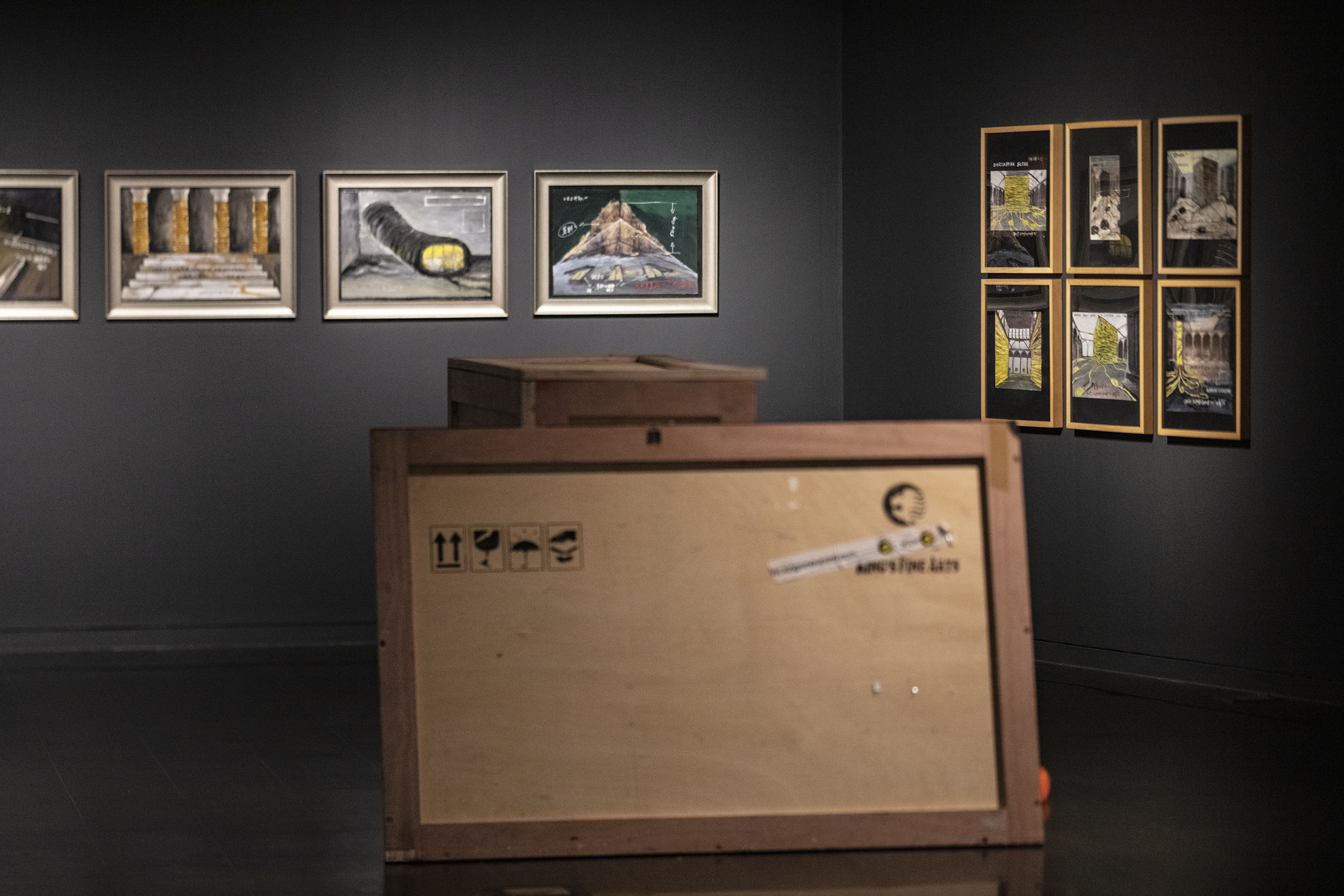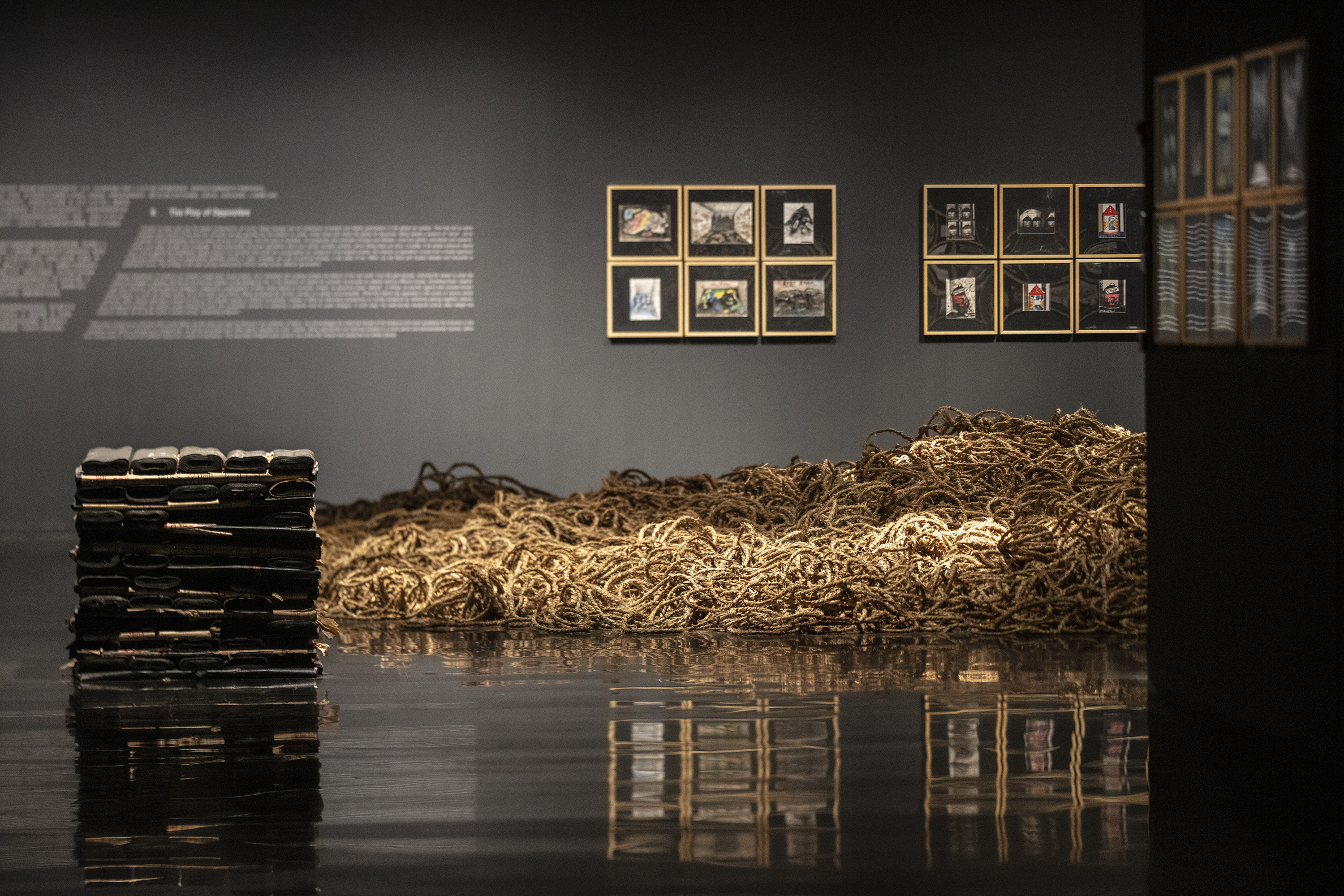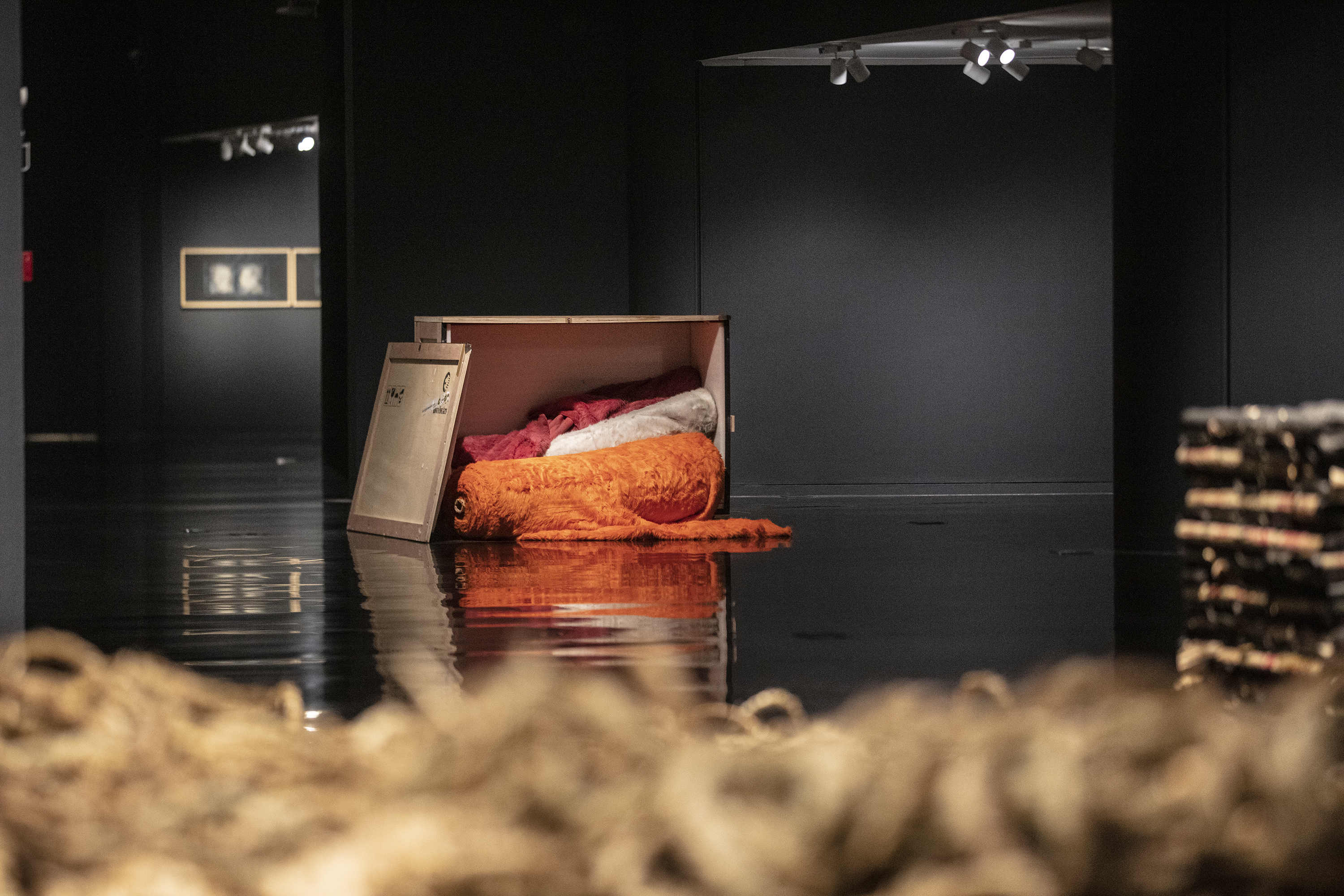Author: SU WeiSource: Tsinghua University Art MuseumPublished on: 2024-09-18


This exhibition zooms in on Wang Guangyi’s artistic practice since his first participation in a series of global exhibitions in 1993. Throughout his long, enduring career, he has transformed his experiences at the epicenter of globalism—a world characterized by disputes and conflicts between the center and periphery, mechanisms and individuals, and the individual and the collective—into a dynamic and unguided “thought” practice. Wang strives to reveal a universal experience of this global “world”, which transcends unique cultural identities and is not a variable waiting to be discovered, but an unchanging reality inhabited by each individual. By utilizing conceptual strategies such as gameplay, quantitative analyses, and decontextualization, he facilitates the neutralization of “thought”—a form of spirituality that exists between individuality and universality. This approach exposes the finiteness of human existence and the ignorance perpetuated by cultural rituals.

This exhibition showcases the evolution of Wang’s “thought” as evidenced in the entire body of his sketches from 1993 to the present. It explores how the artist taps into “thought” to imaginatively articulate the relationship between the individual and the world. These sketches are neither completely non-performative documents nor mere behind-the-scenes creative notes. They reveal, with their multifaceted nature, a consistent yet fluctuating momentum of thought that runs through the three decades of work. The exhibition thus aims to analyze the inherent coherence across this forty-year span, illustrating how a consistent concern for the problematics has shaped Wang’s artistic stance.

More significantly, we need not search for a constant “true value” within these sketches. Instead, they are instrumental for understanding the emotional journey and the evolution of a creative individual's thought structure as he navigates a global field rife with conflicting values. Through Wang’s work, we can also reflect on the context in which “thought” and an intellectual quality emerged as a practical strategy in Chinese contemporary art practice and the formation of a relevant set of historical dynamics.